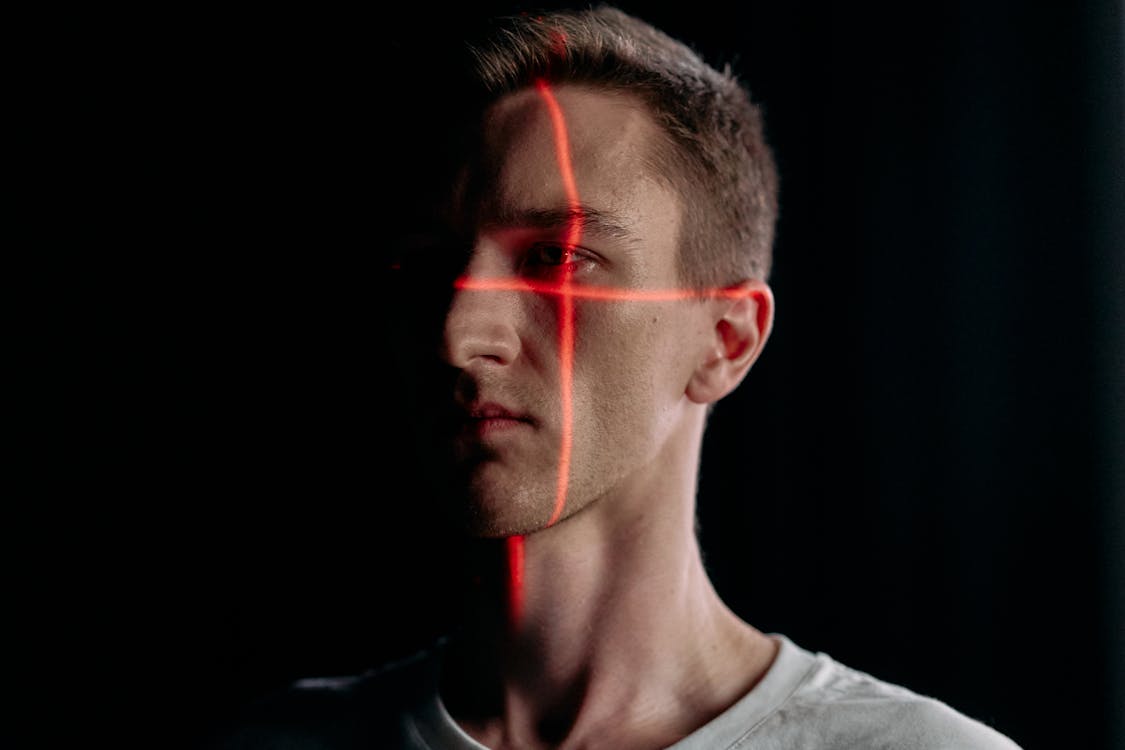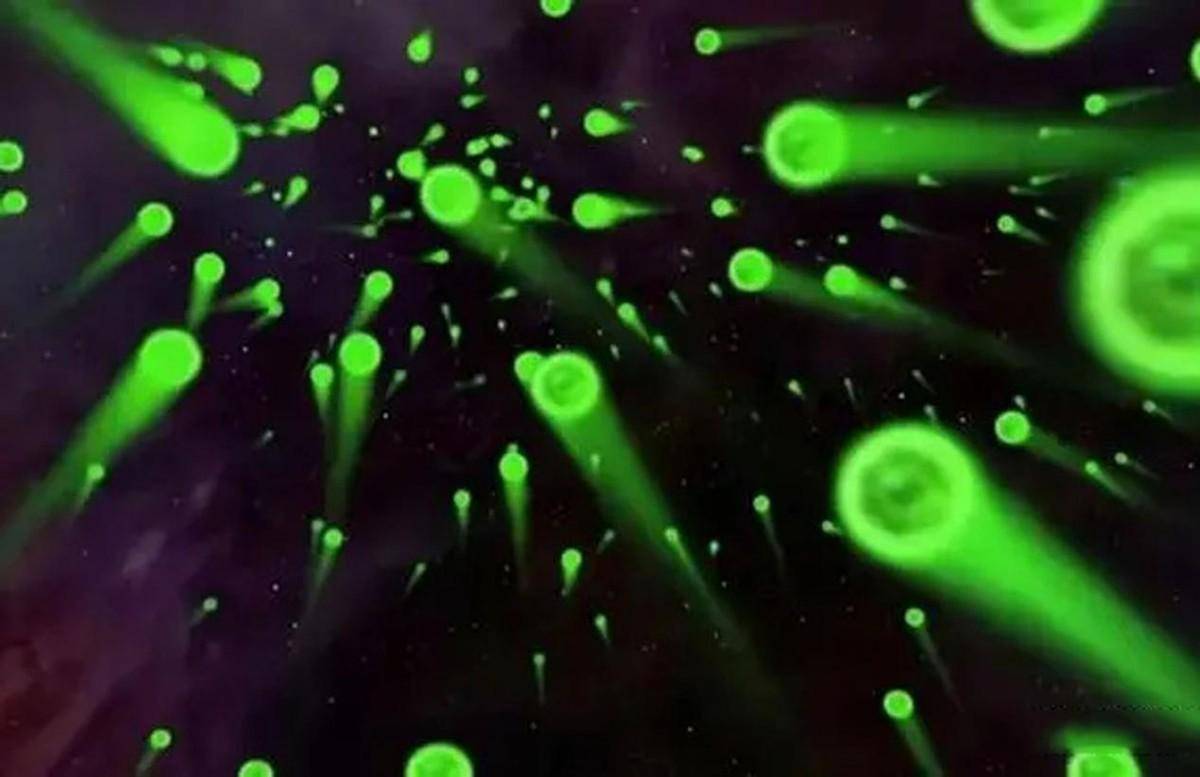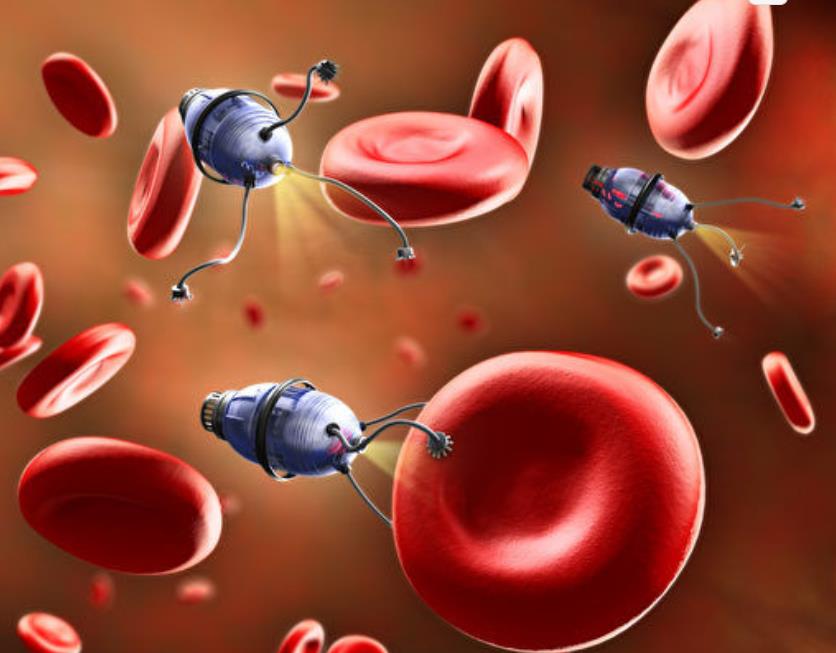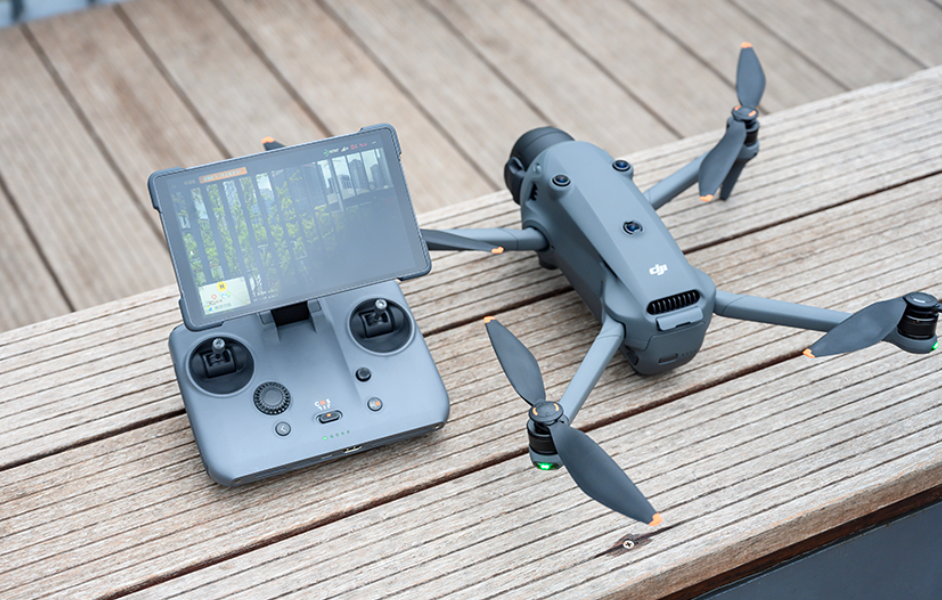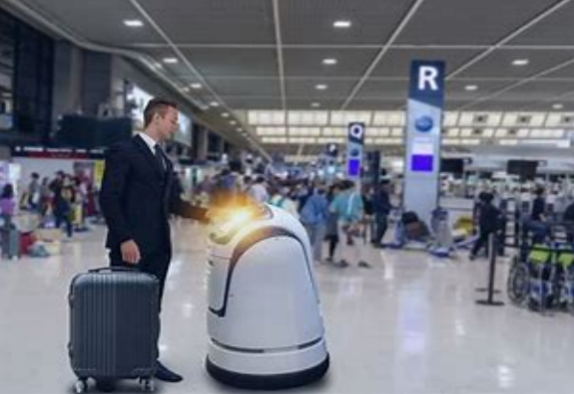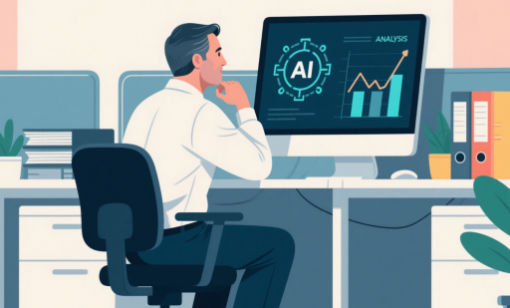The Wonderful Connection Between Space Exploration and Daily Life: From the Moon to Your Living Room
When people look up at the starry sky and talk about space exploration, they often hear the question: "Is it worth spending so much money to explore space?" For some, space exploration seems far away and even a waste of resources. However, the reality is that the things you use every day, even the ones in your hand right now, are often the results of space exploration. From the wireless earbuds in your ears to the freeze-dried foods in your kitchen, many of the inventions we take for granted originated from space research. Let's take a look at these "space technologies" and uncover how they made their way from lunar missions into our daily lives.
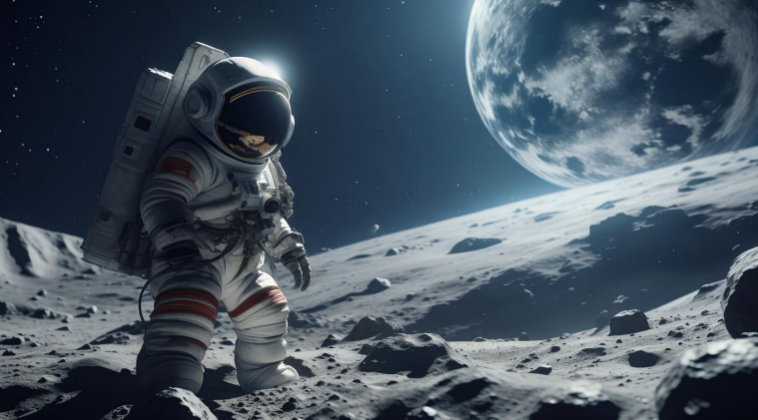
Do you remember the shiny "tin foil" on the exterior of the Apollo spacecraft? That was not just ordinary wrapping material, but a multi-layer reflective insulation known as the "space blanket." Made from lightweight polyester film, this material effectively reflected heat, preventing astronauts from getting cold. This technology was later widely applied to various products on Earth, such as firefighter protective clothing. Mountaineers' warmth gear, and temperature-regulating emergency blankets in first-aid kits. If you're an outdoor enthusiast, you probably have a space blanket in your gear. When you're camping in the wild and suddenly face a cold night, a lightweight space blanket can help you quickly regain your body heat. This seemingly simple invention carries the wisdom and breakthroughs of human space exploration.
The seismic-resistant technology developed for the Saturn V rocket was later applied to buildings worldwide, helping them withstand earthquake damage. Today, when you're standing in a skyscraper, feeling its stability and safety, you may not realize that this sense of security comes from space exploration decades ago. Seismic resistance technology acts like an invisible guardian, quietly protecting our cities.
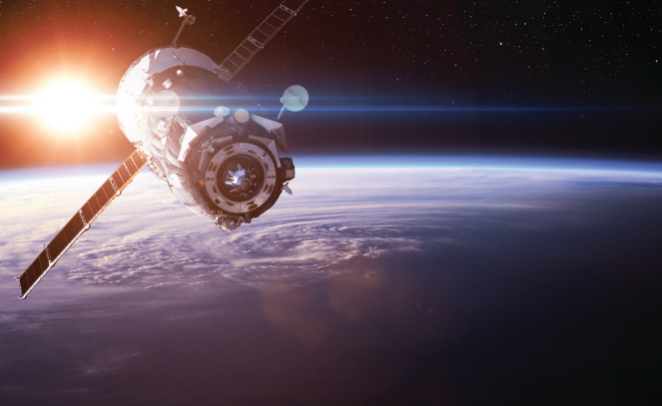
During the Apollo mission, NASA wanted to equip the lunar command module with rechargeable silver-zinc batteries, indirectly benefiting people with hearing impairments on Earth. In 2013, the first rechargeable hearing aids were launched, changing the lives of those with hearing loss. Before that, hearing aids used disposable batteries that were not only expensive but also environmentally harmful.
The advent of rechargeable hearing aids not only reduced the cost of use but also allowed hearing-impaired people to enjoy clear sound more conveniently. Behind this technology is the silent care that space exploration has brought to humanity.
Astronauts in the Apollo mission needed a small, portable drill to collect lunar rocks.
NASA entrusted this task to the tool company Black & Decker. This technology was later applied to household appliances, leading to the invention of the first cordless vacuum cleaner-DustBuster. So, the next time you use a cordless vacuum cleaner to easily replace your sweeping tasks at home, remember that it all started with that small lunar drill, a technological fruit of space exploration.
Astronauts in space needed to eat, and freeze-drying technology helped food stay preserved for long periods. Today, freeze-dried food is used not only for outdoor activities but also for people choosing freeze-dried fruits or ready-to-eat soup packs.
In the Apollo and Mercury programs, astronauts needed a communication device that could free up their hands. Thus, wireless earbuds were born. This device not only allowed astronauts to move freely in space but also brought a new auditory experience to music lovers on Earth. Today, wireless earbuds have become a mainstream product in the consumer market. Whether listening to music on your commute or taking calls during exercise, wireless earbuds make our lives more convenient. And all of this owes its existence to the astronauts who "let themselves loose" in space all those years.
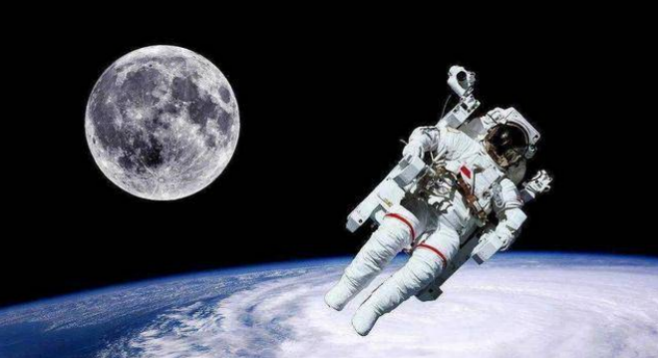
From space blankets in first-aid kits to freeze-dried food in kitchens, from earthquakes. Resistant skyscrapers to the clear sound quality of wireless earbuds, the results of space exploration have already permeated every aspect of our lives. The next time you use these "space technologies," take a moment to think about how fascinating the story behind them 15.
(Writer:Frid)
